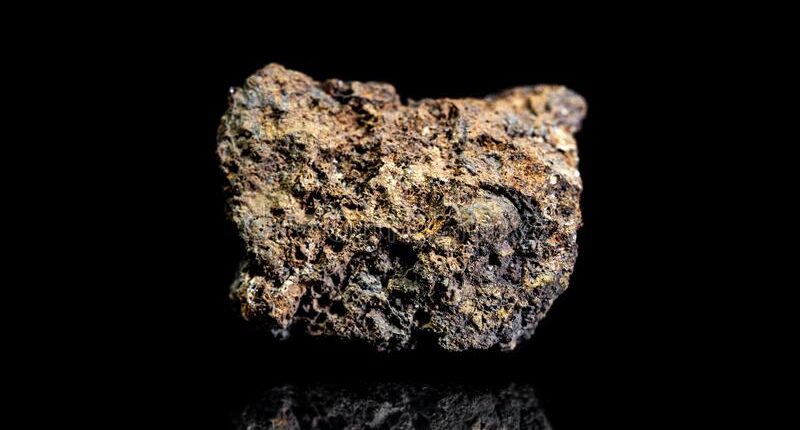AKORA Resources (ASX: AKO) is gazing warmly on its Satrokala iron ore project in Madagascar, which was revealed to contain a significant anomaly 66 percent larger than the company’s more advanced Bekisopa project.
The anomaly – measuring 10 kilometres long and 2 kilometres wide – was picked up during a magnetic survey conducted last November on only a small part of the entire project area at Satrokala, which comprises 30 kilometres of iron ore-prospective territory.
Only 10 kilometres of this territory was surveyed, and the resulting anomaly find will now provide guidance for maiden drilling to define exactly how much iron ore it contains in terms of grades and widths.
Bekisopa – located 40 kilometres northeast of the Satrokala project – was surveyed in 2019, finding an anomaly measuring 6 kilometres with strike to the north and south.
Following magnetic modelling of its structure – based on exploratory drilling – a more comprehensive drilling campaign of 65 holes was carried out, and this yielded a maiden JORC resource of 194.7 million tonnes at 32 percent iron.
A higher-grade DSO (direct shipping ore) resource is also present, as indicated by drilling over only 30 percent of strike length, and a recent scoping study on Bekiscopa reflects this mineralization.
Managing director and CEO Paul Bibby said the discovery boosted expectations for the whole territory held by AKORA.
“This is a very significant result, confirms our expectations and highlights that AKORA’s tenement area is becoming a substantial iron ore district,” he said.
“Satrokala’s 10-kilometre-long magnetic anomaly and the substantial magnetic unit widths looks to be a bigger iron formation than AKORA’s Bekisopa project.
“Satrokala is emerging as a major component of our exploration and development strategy and its potential to deliver high-grade iron ore tonnage will become clearer as drilling results are delivered.”
Eight magnetic units have been modelled at Satrokala, these occurring along the strike length of the identified anomaly.
AKORA is trading at 15c.









